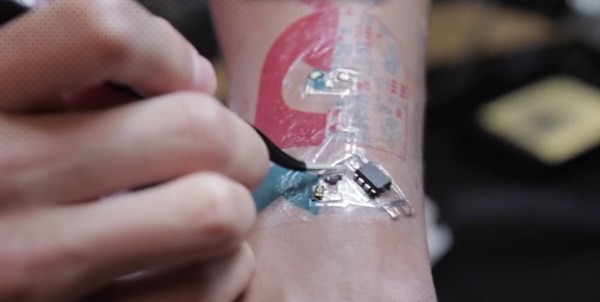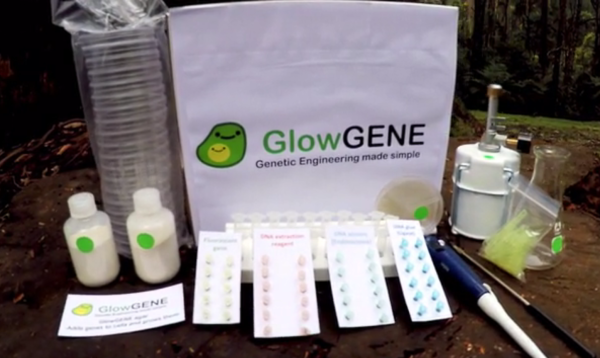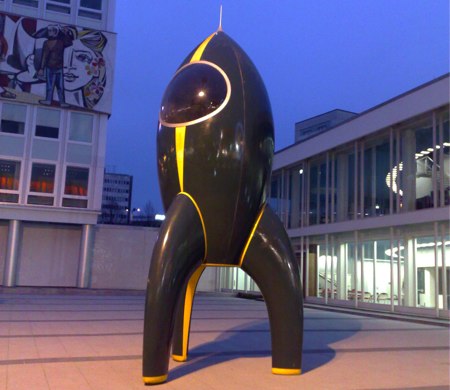While hardcore body-hackers are starting to freak us out with embedded circuit boards under their skin, a new more realistic option is becoming available — temporary tech tattoos. They’re basically wearable circuit boards.
Produced by [Chaotic Moon], the team is excited to explore the future of skin-mounted components — connected with conductive ink in the form of a temporary tattoo. And if you’re still thinking why, consider this. If these tattoos can be used as temporary health sensors, packed with different biometric readings, the “tech tat” can be applied when it is needed, in order to monitor specific things.
In one of their test cases, they mount an ATiny85 connected to temperature sensors and an ambient light sensor on the skin. A simple device like this could be used to monitor someone’s vitals after surgery, or could even be used as a fitness tracker. Add a BLE chip, and you’ve got wireless data transfer to your phone or tablet for further data processing.
Continue reading “Conductive Circuit Board Tattoos: Tech Tats”

















